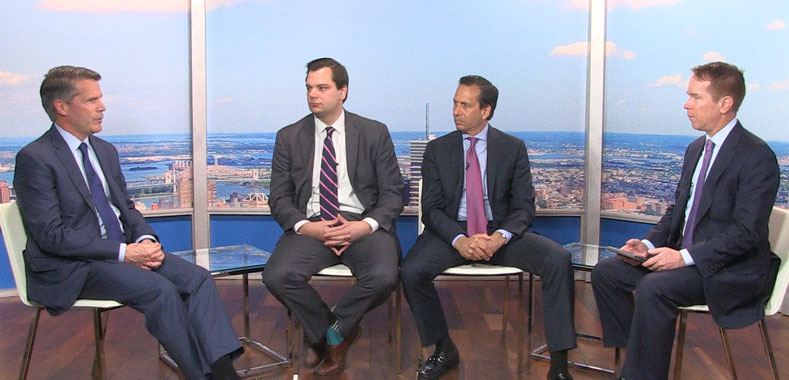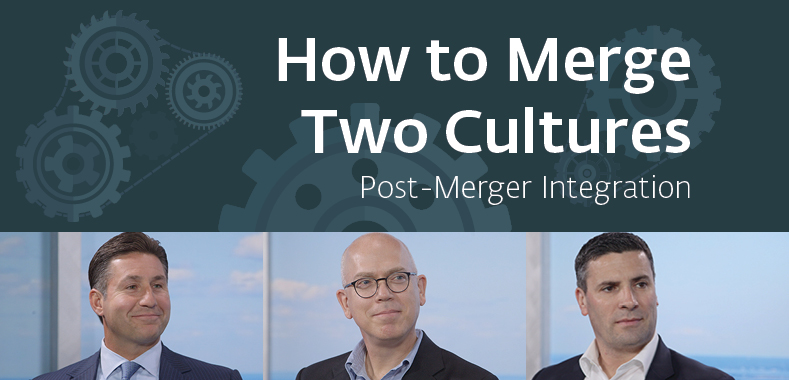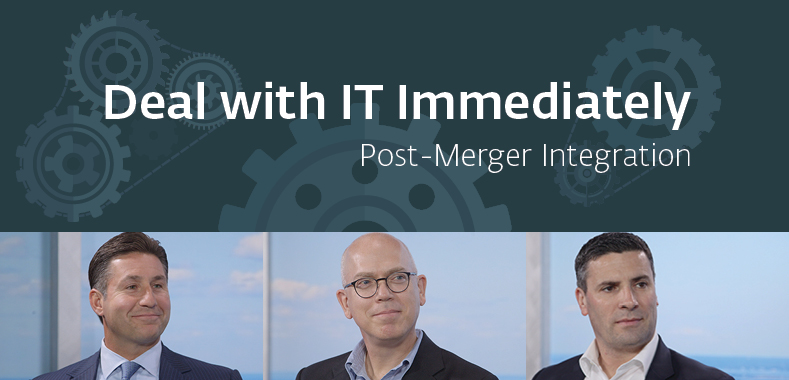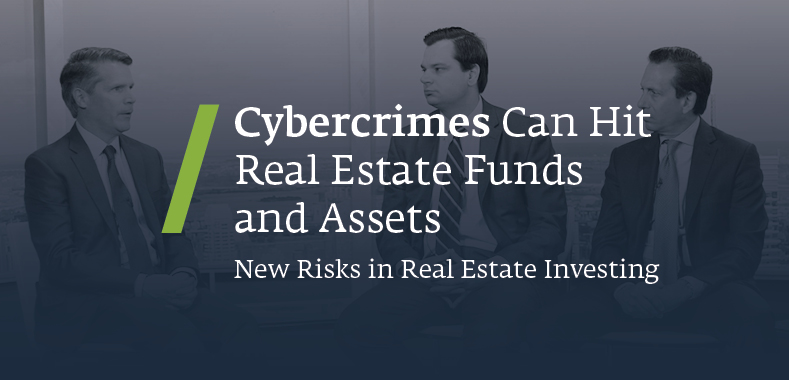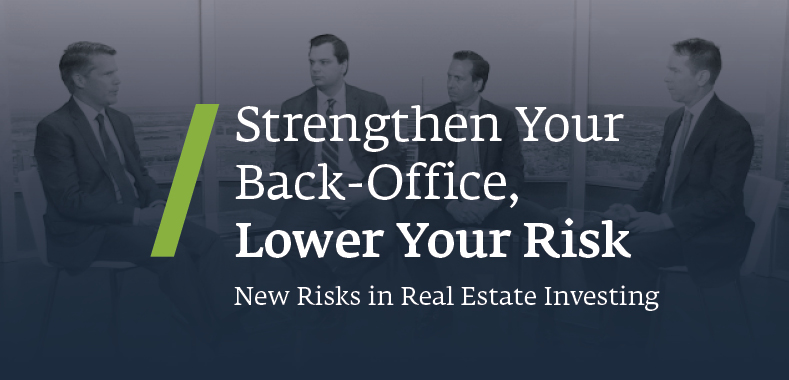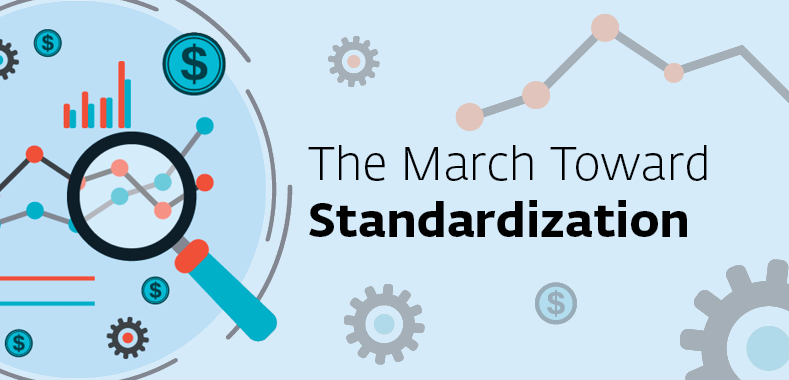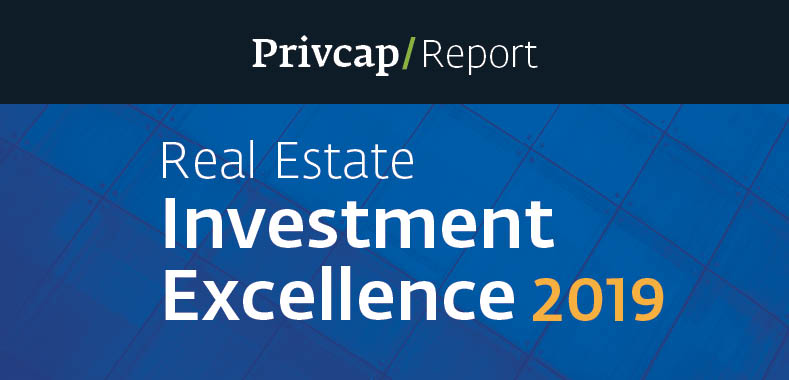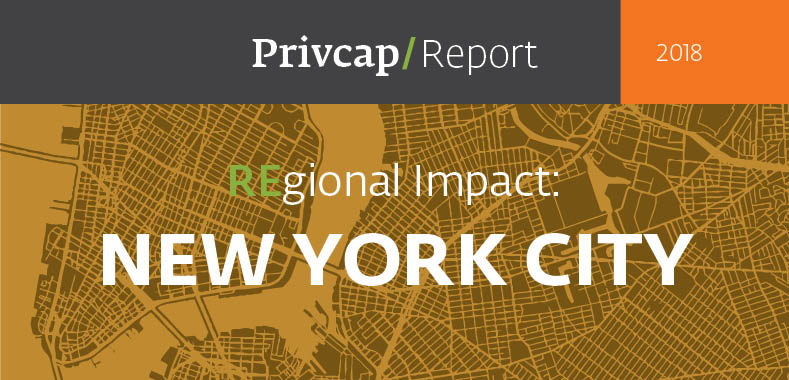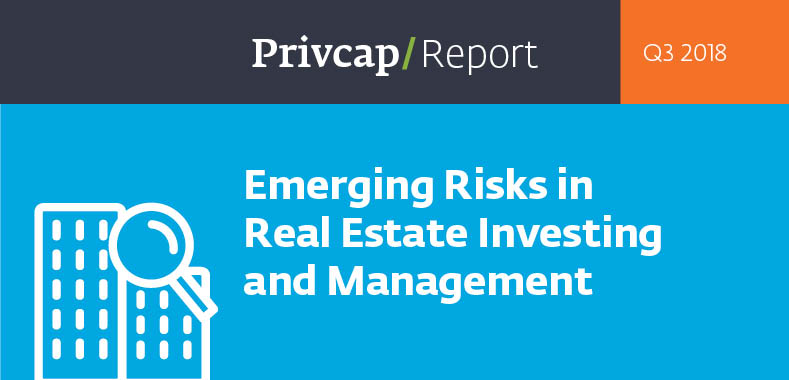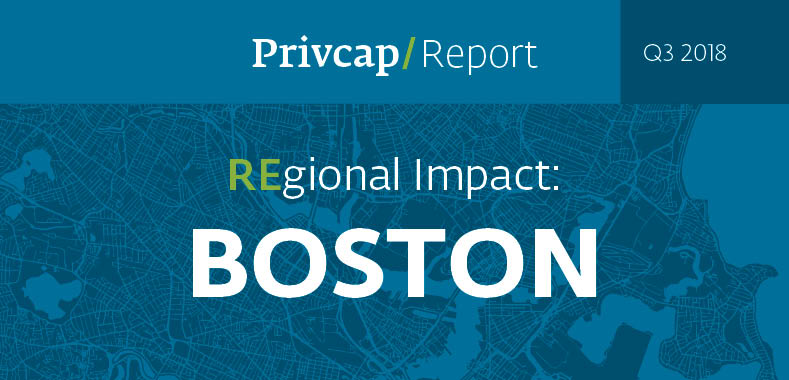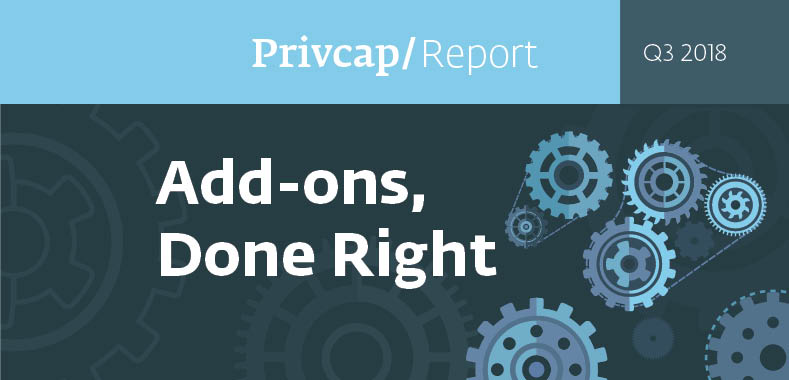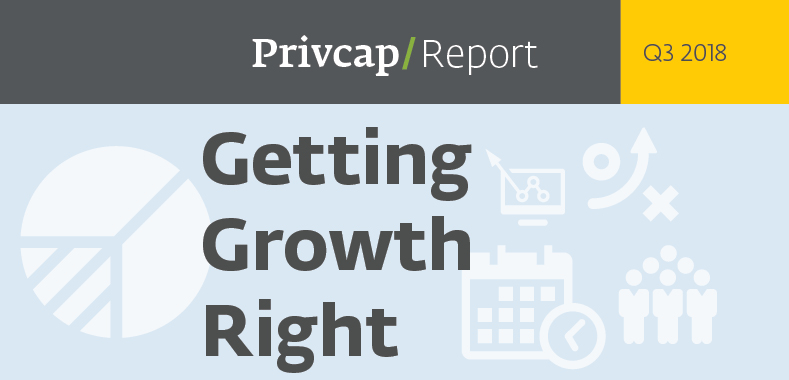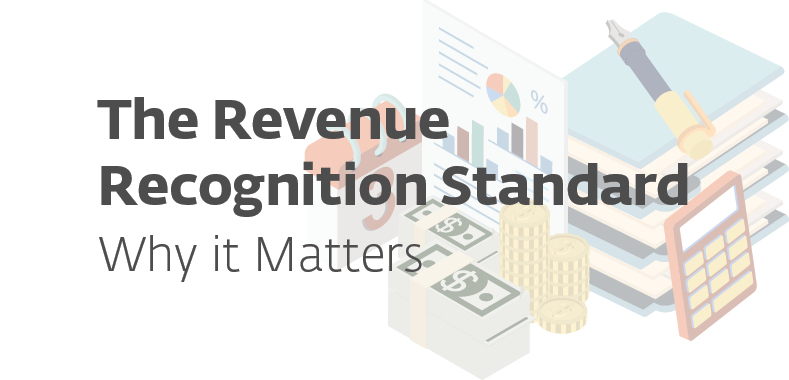Key Risk: RE Investors Who Have Known No Pain
Part of the Privcap thought leadership series, Risk and Real Estate Investment Excellence. Jay Morgan of StepStone Group, Russell Appel of The Praedium Group, and and Nate Ruey of RSM discuss the key risk factors and standards of compliance that real estate investors must understand before deploying capital. The experts share insights on evaluation of management teams, as well as examples of negative impacts from poor risk management.
Transcript Download Transcript
Key Risk: RE Investors Who Have Known No Pain
David Snow, Privcap: Today we’re joined by Jay Morgan of StepStone, Nate Ruey of RSM, and Russ Appel of the Praedium Group. Gentlemen, welcome to Privcap today. Thanks for being here.
What are some risks that you think are looming large that perhaps people haven’t paid enough attention to? And it might be just plain old market risk. You know, prices go down instead of up. But I’d be interest to hear what you think might rear its head in the near future.
Jay Morgan, StepStone Group: Well, you always run the risk of the perception being, “it’s different this time.” And we’re getting 8 to 10 years into a cycle. A lot of the first year analysts who are underwriting deals on behalf of the investment management organization, were in high school, maybe college, definitely not much beyond that, when we through the last crisis. So they don’t really have a perspective on what may go wrong in the deal.
Russell Appel, The Praedium Group: Jay, I’m going to argue that the risky person is not the junior person that has one or two years’ experience, but the person that has seven or eight years’ experience over the past seven or eight years, and has only seen sort of a general rise in income level at the properties and a general rise in valuations. And now they have enough experience, but that experience is all positive.
Morgan: That’s right. And I think investors will be tempted to reward the investment manager, and reward the risk taker, because they have a need for the return profile of a mid-teen kind of return to offset some of the very muted returns that they have somewhere else in their portfolio. And I think that’s a risk that is always playing out in real estate cycles, that it always gets overdone as people reach for that excess return—that marginal unit of return beyond what’s prudent in the market at the time, because they need to get that return, or they are of the opinion that it may be free money out there, or that it may be easily derived returns. And I think that that can come back into the market. It hasn’t yet materialized, but when we talk to managers who posted mid-teen returns in a 12-vintage fund and mid-teen returns in a 16-vintage fund, and they’re now coming back into the market and posting mid-teen return expectations. It’s going to become harder to generate that, and therefore they have to take on more risk in order to do that, and that can turn out badly for the investors when they do that.
Nate Ruey, RSM US LLP: We’ve seen a lot more focus around third party risk management as well. A lot of real estate firms are relying on third parties to achieve their strategic objectives. In doing so, outsourcing certain processes, but not outsourcing the underlying risks. And then finally, I think some of it’s just back to basics of the blocking and tackling of key financial controls, making sure that the strong governance is in place, with policy and procedures. And then, not just having those, but testing those periodically to make sure that they’re operating effectively.






